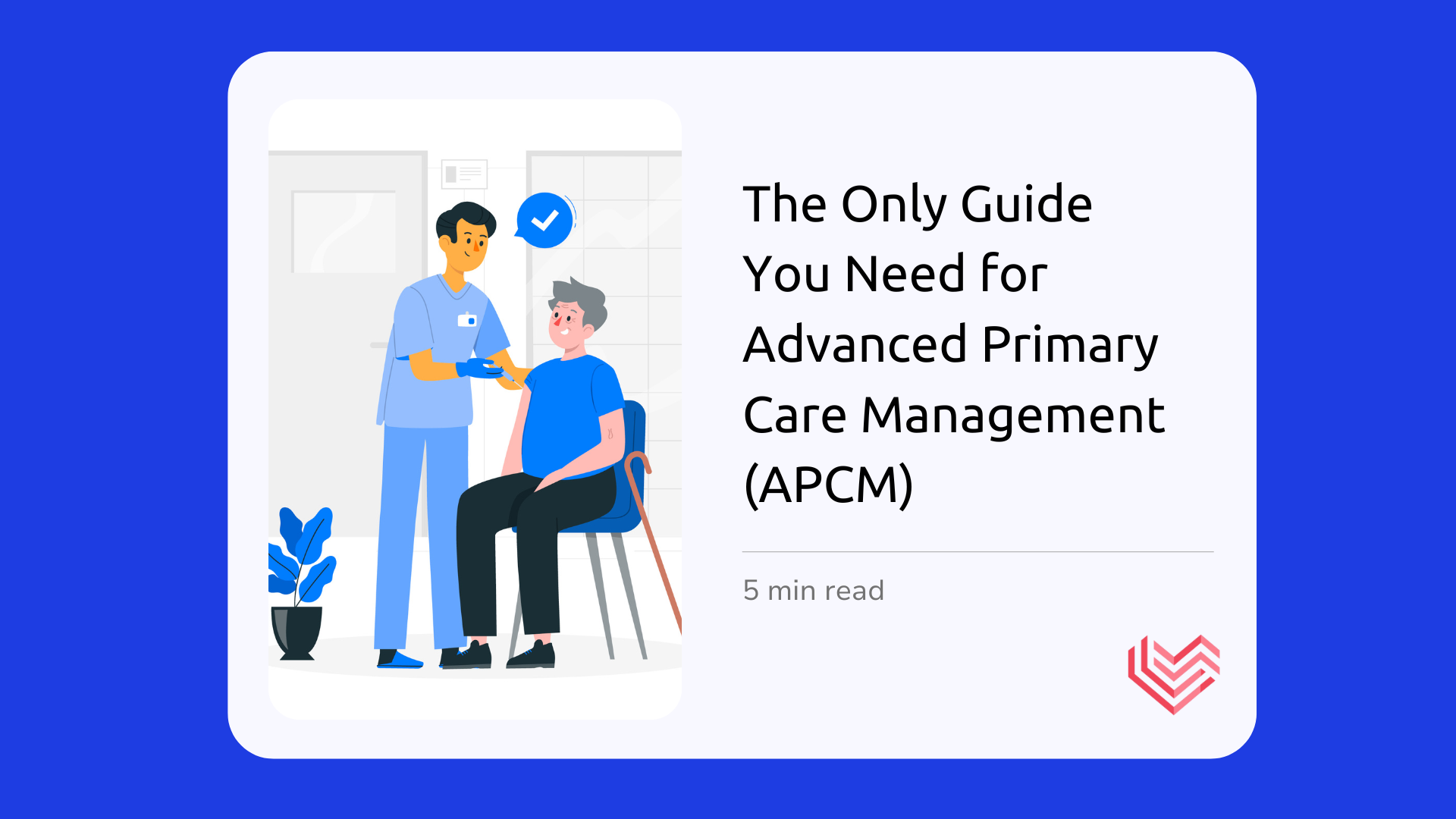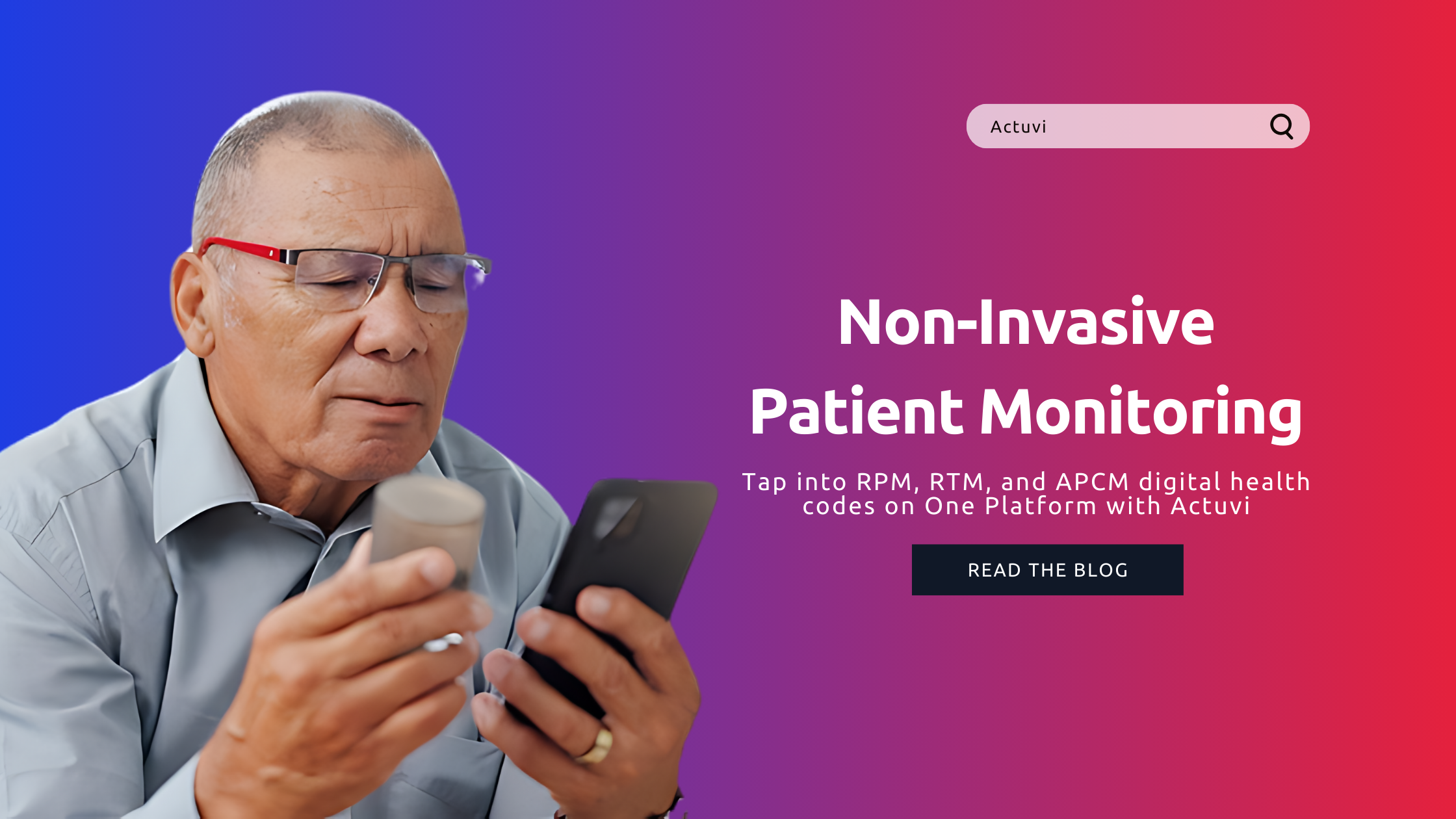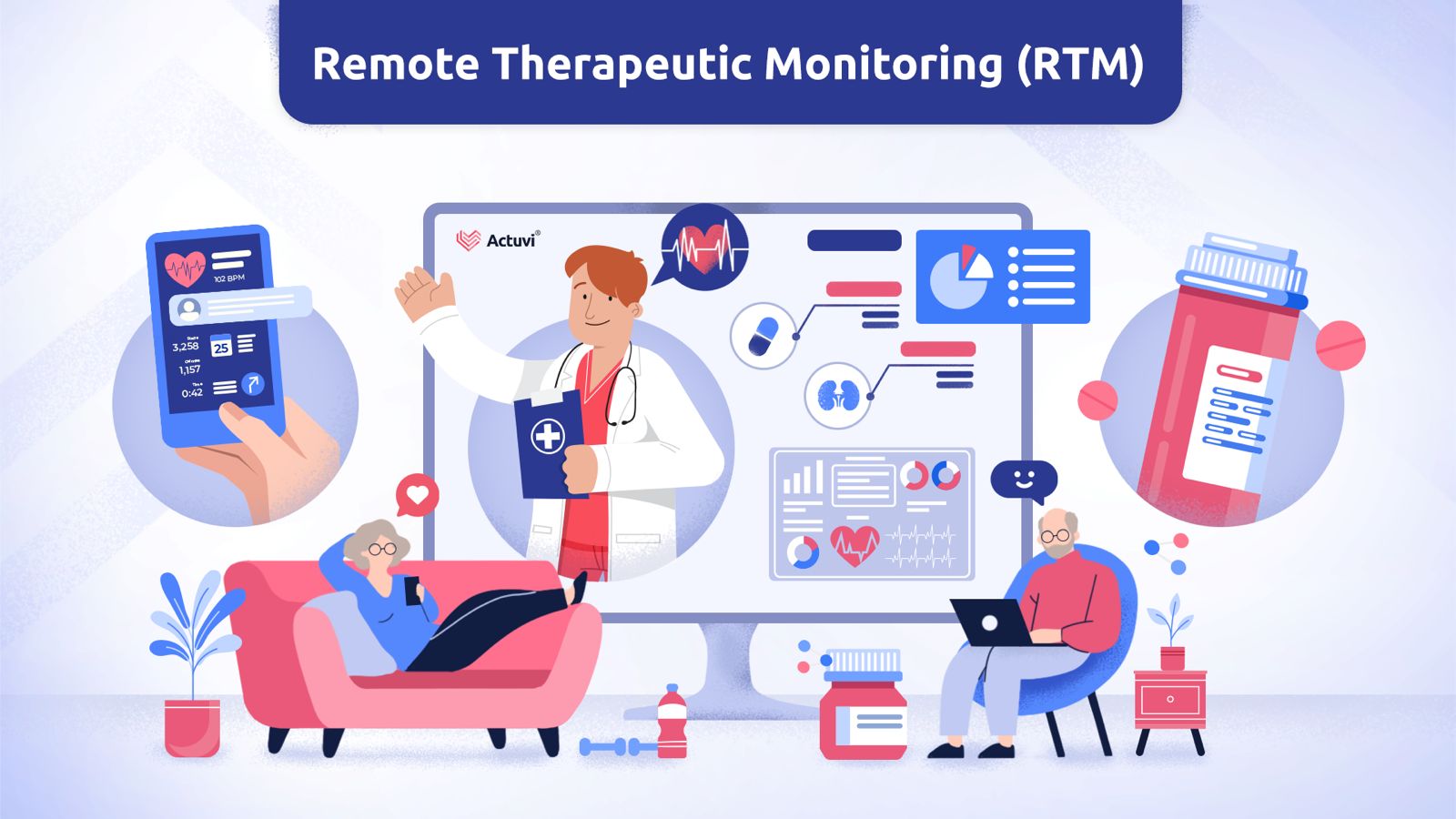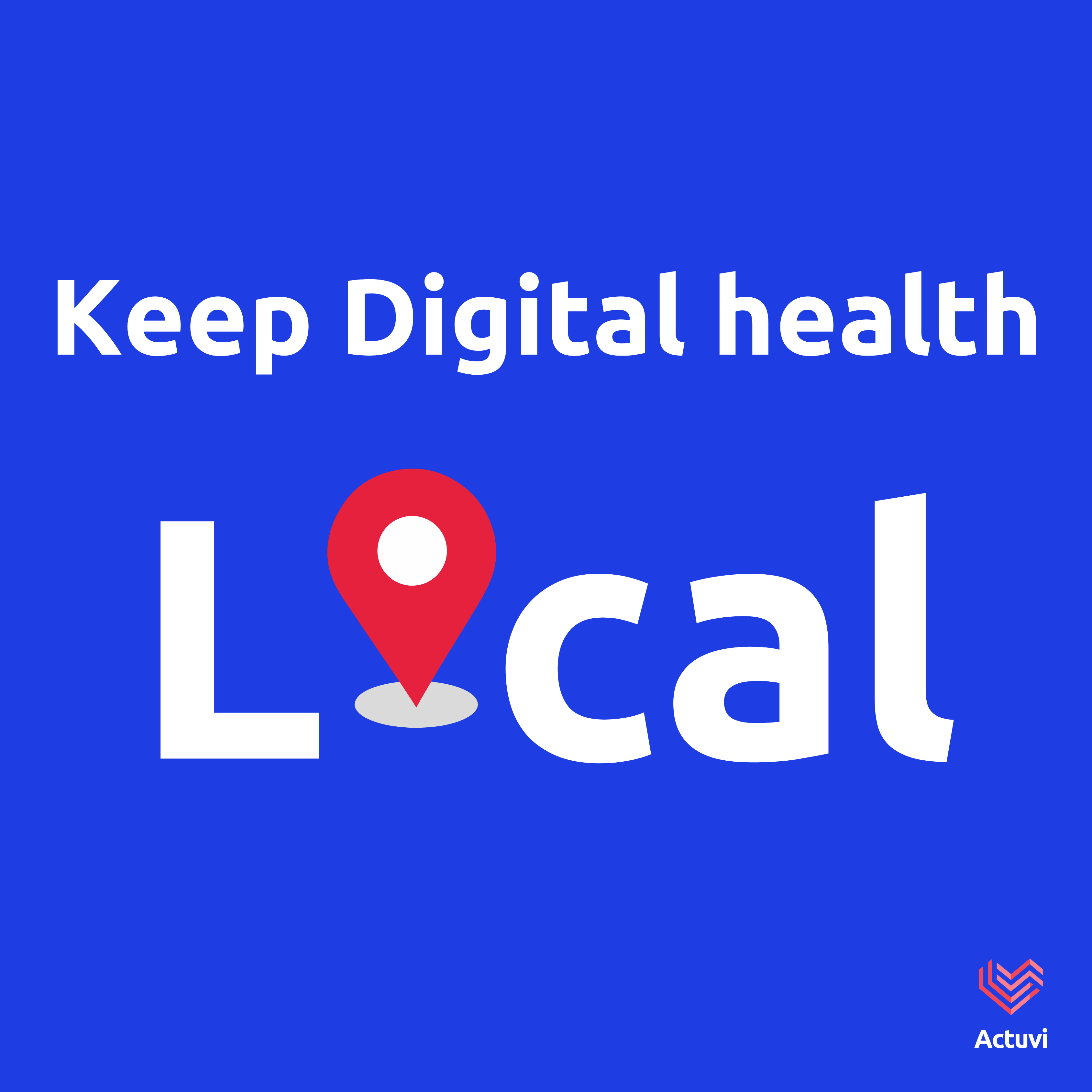
In today’s world of healthcare, listening to patients and improving their care is more important than ever. Two powerful tools have become popular to help doctors and hospitals do this: Patient-Reported Experience Measures (PREMs) and Patient-Reported Outcome Measures (PROMs). This guide will tell you everything you need to know about PREMs and PROMs, from what they are and why they matter to how to use them and what’s coming next.
What Are PREMs and PROMs?
Patient-Reported Experience Measures (PREMs)
PREMs are ways to find out how patients feel about their healthcare experience. They usually ask about things like:
- How well doctors and nurses communicated
- If patients felt involved in decisions about their care
- How clean the hospital or clinic was
- How long patients had to wait
- How happy patients were with their care overall
PREMs help healthcare providers understand what it’s like to be a patient and where they can make things better.
Patient-Reported Outcome Measures (PROMs)
PROMs are tools that ask patients about their health and how well treatments are working. They focus on things that matter most to patients, such as:
- How well they can move and do everyday activities
- How much pain they’re in
- How they’re feeling emotionally
- How well they can do their usual activities
- How bad their symptoms are
- How good their overall quality of life is
PROMs help doctors understand how treatments affect patients’ lives, not just their medical test results.
Why Are PREMs and PROMs Important?
Using PREMs and PROMs has many benefits for both patients and healthcare providers:
- Better Patient-Centered Care: By focusing on what matters to patients, doctors can give more personal and effective care.
- Improved Communication: PREMs and PROMs help patients and doctors talk better, leading to smarter decisions about care.
- Finding Ways to Improve: The information from these measures shows where care can be made better.
- Comparing Performance: Hospitals and clinics can see how they’re doing compared to others, which can lead to sharing good ideas.
- Focus on Value: PREMs and PROMs help healthcare focus on making patients better and happier, not just on how many treatments they give.
- Catching Problems Early: Regular use of PROMs can help find potential health issues sooner, so they can be treated quickly.
- Giving Patients a Voice: By asking patients to report on their outcomes and experiences, PREMs and PROMs help patients feel more involved in their care.
Types of PREMs and PROMs
Types of PREMs
- General PREMs: These ask about overall patient experience in any healthcare setting. Example: Surveys that ask about your experience with any doctor visit
- Condition-Specific PREMs: These focus on experiences related to specific health conditions or treatments. Example: Surveys for cancer patients about their care
- Setting-Specific PREMs: These are made for particular healthcare places. Example: Surveys about your experience in the emergency room
Types of PROMs
- General PROMs: These measure overall health and quality of life. Example: Surveys that ask about your general health and well-being
- Condition-Specific PROMs: These focus on symptoms and impacts of specific health problems. Example: Surveys for people with back pain about how it affects their daily life
- Population-Specific PROMs: These are designed for specific groups of patients. Example: Health surveys made just for children
- Symptom-Specific PROMs: These focus on particular symptoms across different health conditions. Example: Surveys that ask about pain levels, no matter what’s causing the pain
How to Use PREMs and PROMs: A Step-by-Step Guide
1. Pick the Right Measures
Choosing the right PREMs and PROMs is key. Think about:
- Relevance: Choose measures that fit your patients and the conditions you treat.
- Accuracy: Make sure the measures have been tested and proven to work well.
- Practicality: Pick measures that are easy to use in your healthcare setting.
- Comparability: Consider using widely used measures so you can compare your results with others.
2. Plan How to Collect Information
Decide how you’ll gather PREM and PROM data:
- When: Figure out when to give surveys (like before and after treatment, or regularly for long-term conditions).
- How: Choose between paper forms, online surveys, or both. Patients can either do it by themselves or through interview.
- How Often: Decide how often to collect data without overwhelming patients or staff.
3. Use Technology to Help
Use digital tools to make collecting and analyzing data easier:
- Electronic Surveys: Use systems that let patients fill out surveys on their phones or computers.
- Connect with Patient Records: Make sure PREM and PROM data can be easily seen in patient health records.
- Quick Reporting: Use systems that give you insights from the data right away.
4. Train Staff and Teach Patients
Good training and education are crucial:
- Staff Training: Make sure all healthcare workers understand why PREMs and PROMs are important and how to use the information.
- Patient Education: Explain to patients why their feedback matters and how it will be used to make their care better.
5. Look at the Data and Take Action
Collecting data is just the start. To make a real difference:
- Regular Reviews: Set up ways to look at PREM and PROM data often.
- Find Patterns: Look for trends in the data that show where you can improve.
- Make Plans: Come up with and carry out plans to address the issues you find.
- Share Results: Tell patients about improvements to show them their input matters.
Examples of PREMs and PROMs in Real Life
PREMs Examples
- Hospital Survey: A standard survey that asks patients about their hospital stay.
- Doctor’s Office Survey: Used to get patient feedback on visits to their regular doctor.
- Emergency Room Survey: Focuses on patient experiences in the emergency department.
PROMs Examples
- Overall Health Survey: A widely used survey that asks about general health in five areas: moving around, self-care, usual activities, pain/discomfort, and anxiety/depression.
- Health Status Survey: A set of questions that looks at physical, mental, and social health in adults and children.
- Hip Surgery Survey: A specific survey designed to check how well patients are doing after hip replacement surgery.
Overcoming Common Challenges
- Getting More People to Respond:
- Make surveys easy to fill out and quick to complete.
- Send friendly reminders to patients.
- Explain why their feedback is so important.
- Making Sure Data is Good:
- Use surveys that have been proven to work well.
- Check the data for any problems.
- Give patients clear instructions on how to fill out surveys.
- Helping Staff Get on Board:
- Include staff in planning how to use PREMs and PROMs.
- Show staff how these measures can help improve care.
- Provide ongoing support and training.
- Making Technology Work Smoothly:
- Choose systems that are easy to use.
- Make sure you have good tech support.
- Introduce new technologies slowly and carefully.
- Understanding the Data:
- Train people on how to analyze and interpret the data.
- Use charts and graphs to make the data easier to understand.
- Work with experts who know how to make sense of the numbers.
What’s Next for PREMs and PROMs?
As we look to the future, several exciting changes are coming:
- Smart Computer Analysis: Computers will get better at understanding PREM and PROM data, giving more detailed insights.
- Personalized Care: PROMs will help create more individualized treatment plans, tailoring care to each patient’s needs and preferences.
- Constant Feedback: Wearable devices and apps will provide more frequent and up-to-date PROM data.
- Bigger Picture of Health: PREMs and PROMs will be combined with information about social factors that affect health, giving a more complete view of patient well-being.
- Tying Payment to Results: PREMs and PROMs will become more important in how healthcare providers are paid, linking payments to how well patients do and how happy they are with their care.
- Patient-Created Measures: Patients will be more involved in creating the PREMs and PROMs used to evaluate their care.
Conclusion
PREMs and PROMs are powerful tools for making healthcare better, improving patient satisfaction, and achieving better health outcomes. By using these measures effectively, healthcare providers can gain valuable insights into what patients experience and how healthy they are, leading to meaningful improvements in care.
Remember, using PREMs and PROMs is an ongoing process. Start small, learn as you go, and keep improving your approach. With patience and persistence, you can use patient feedback to make real, positive changes in the care you provide.
Are you ready to start using PREMs and PROMs in your practice? Talk to one of our digital care specialists at Actuvi to understand how you can get the most out of patient-reported data – https://outlook.office365.com/book/ActuviDemo@actuvi.com/
Your patients—and your practice—will be better for it.

